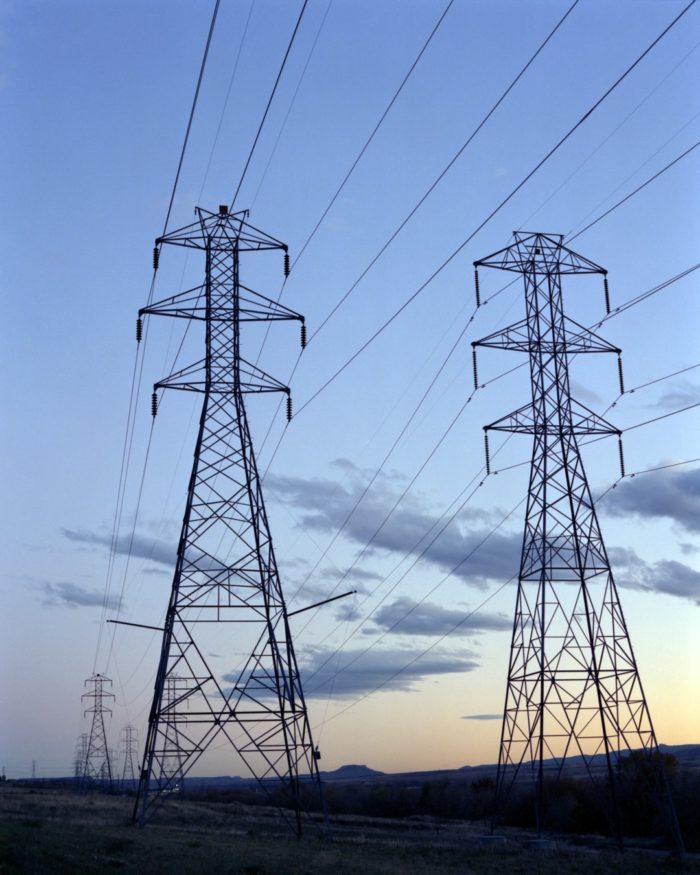
Image Credit: Warren Gretz / National Renewable Energy Laboratory
Falling prices for solar-plus-battery systems are giving a growing number of people the option of completely cutting ties with the grid and represent a serious challenge to electric utilities, according to a study released by the Rocky Mountain Institute.
In a report titled The Economics of Grid Defection, the authors conclude that falling prices for distributed electricity generation, chiefly photovoltaic systems, plus the development of new batteries for storing power will “make the grid optional for many customers — without compromising reliability and increasingly at prices cheaper than utility retail electricity.”
The report says solar-plus-battery systems, which it calls a “utility in a box,” can already provide electricity for the same cost as utility power in some parts of the country, and will soon be able to do so for millions of utility customers. The point when these systems reach grid parity, the report says, is “well within” the 30-year economic life expectancy of power plants and transmission lines.
“Such parity and the customer defections it could trigger would strand those costly utility assets,” the report says. “Even before mass defection, a growing number of early adopters could trigger a spiral of falling sales and rising electricity prices that make defection via solar-plus-battery systems even more attractive and undermine utilities’ traditional business models.”
Study focuses on five geographic regions
The study looked at a number of factors in five regions of the U.S. — New York, Kentucky, Texas, California, and Hawaii. After considering a number of distributed energy technologies, the authors say, they chose solar-plus-battery systems because costs are coming down, the systems are commercially available today and can operate completely independently of the grid, “thus embodying the greatest potential threat.”
In Hawaii, where electricity is the most expensive in the U.S., solar-plus-battery systems have already reached grid parity. In the other regions that were studied, parity comes for tens of millions of commercial and residential customers as soon as 2025 in New York, 2031 in California, and 2047 in both Kentucky and Texas.
Some of the report’s other conclusions:
- In general, commercial customers will see grid parity sooner than residential customers.
- A variety of factors could push early adopters to buy into solar-plus-battery systems sooner, which “could accelerate the infamous utility death spiral.”
- The conventional business model for utilities based on electricity sales will become “obsolete.”
“Though many utilities rightly see the impending arrival of solar-plus-battery grid parity as a threat,” the report adds, “they could also see such systems as an opportunity to add value to the grid and their business models.”
The key for utilities will be figuring out how to tap into new technologies to “build the best electricity system of the future at lowest cost to service customers and society.” That will be the topic of an upcoming report, the Institute said.
The Rocky Mountain Institute, based in Boulder, CO, is a non-profit that researches a variety of energy issues. The Institute collaborated with CohnReznick Think Energy, an energy consulting company, and HOMER Energy, a “microgrid” specialist, on this report.
A separate report, Caveat Investor from the Institute offers a more detailed look at the financial implications for utilities and utility investors. It concludes that distributed generation and storage offers opportunities for “progressive” utilities.
Weekly Newsletter
Get building science and energy efficiency advice, plus special offers, in your inbox.














0 Comments
Log in or create an account to post a comment.
Sign up Log in